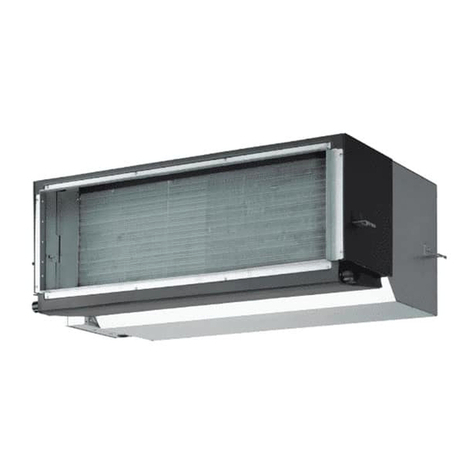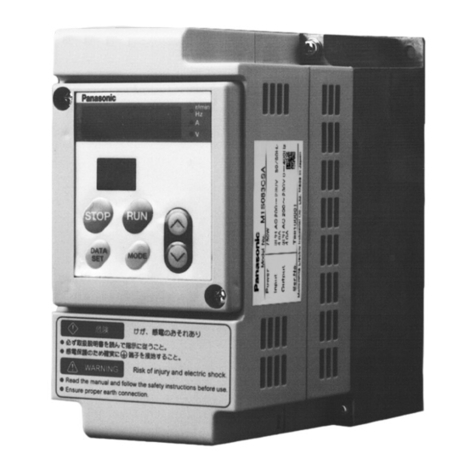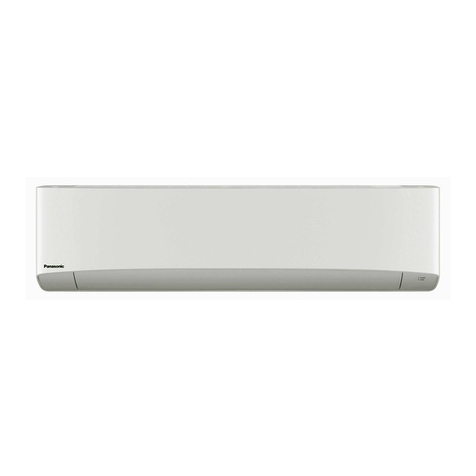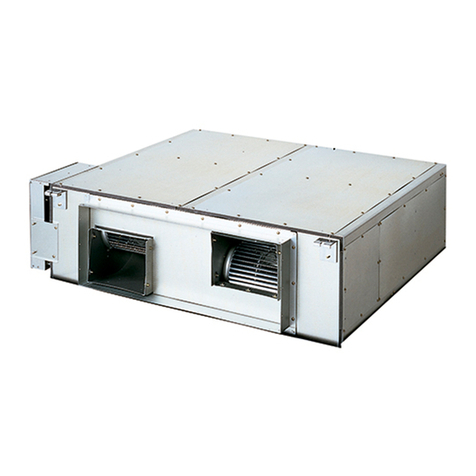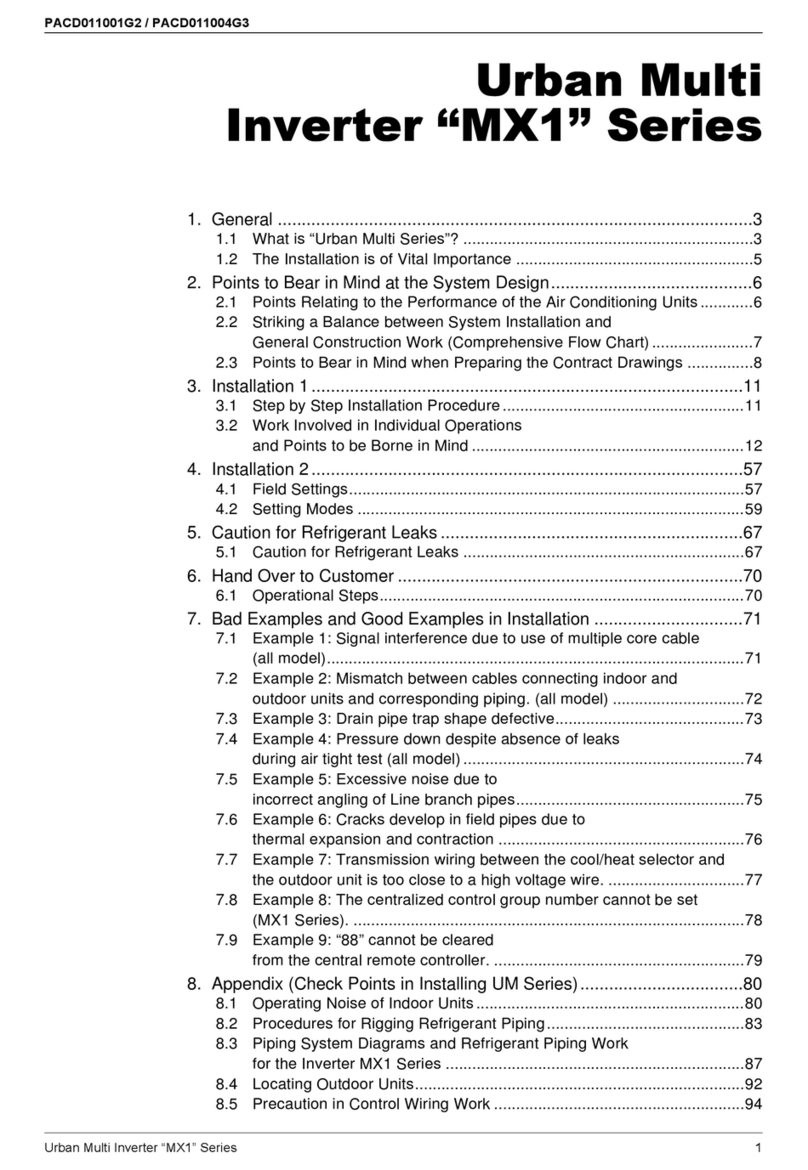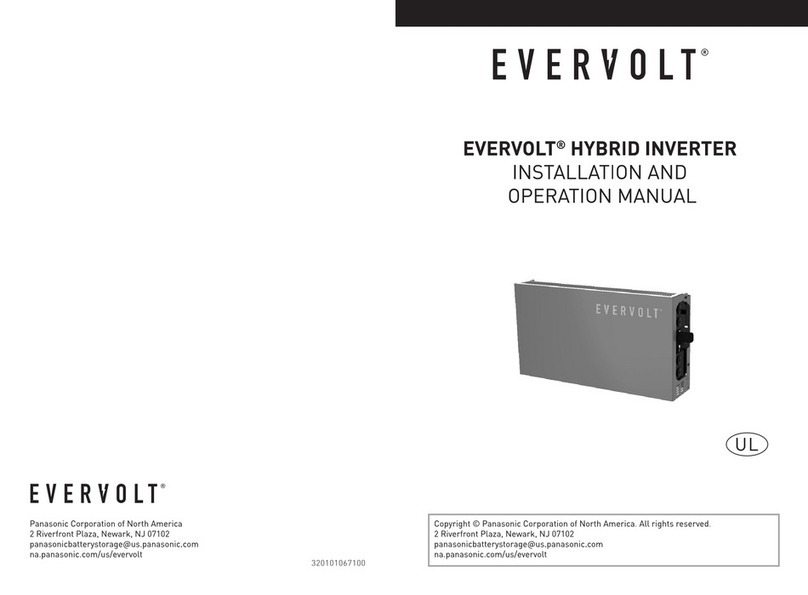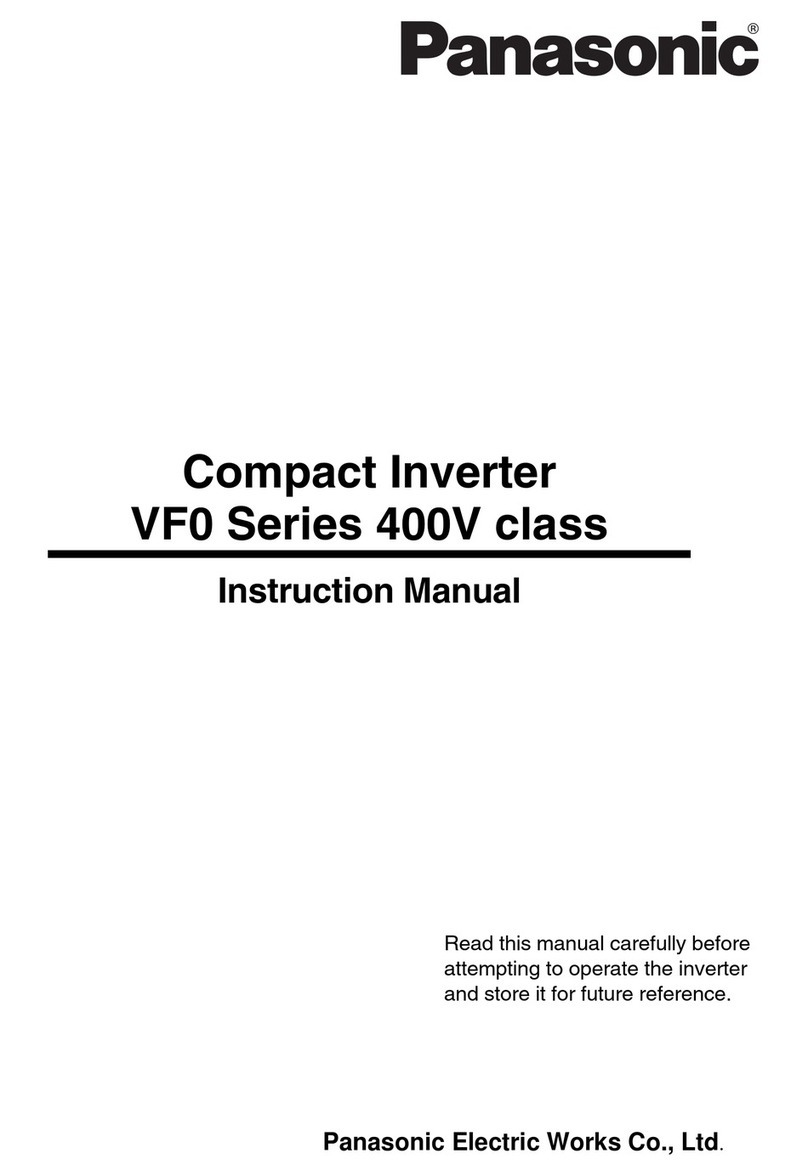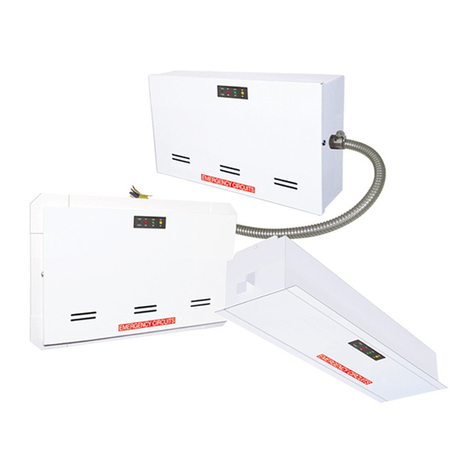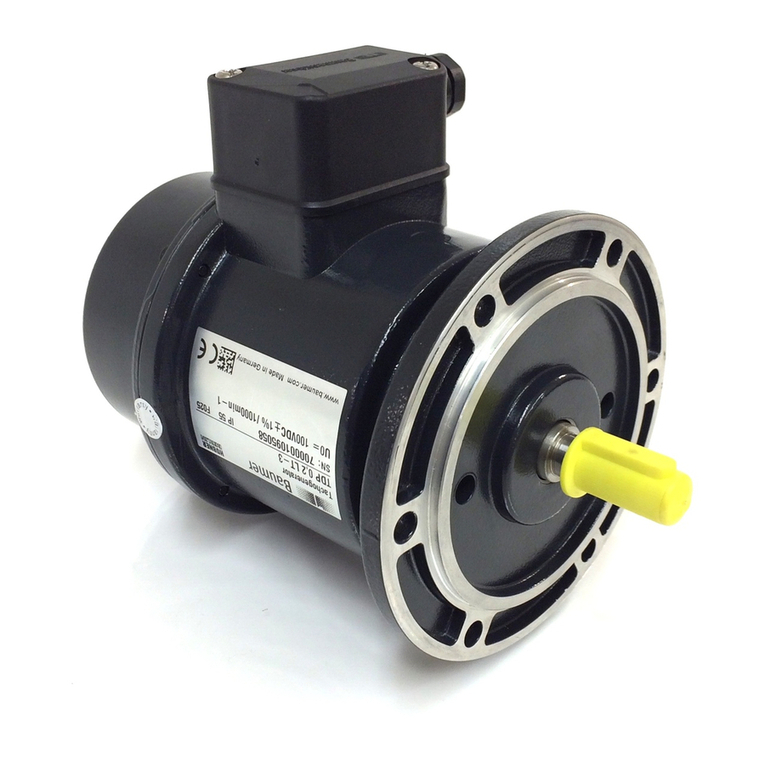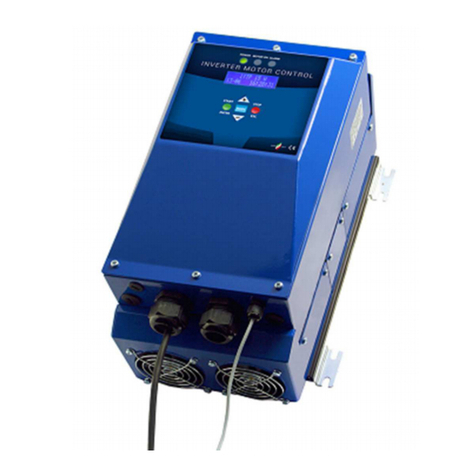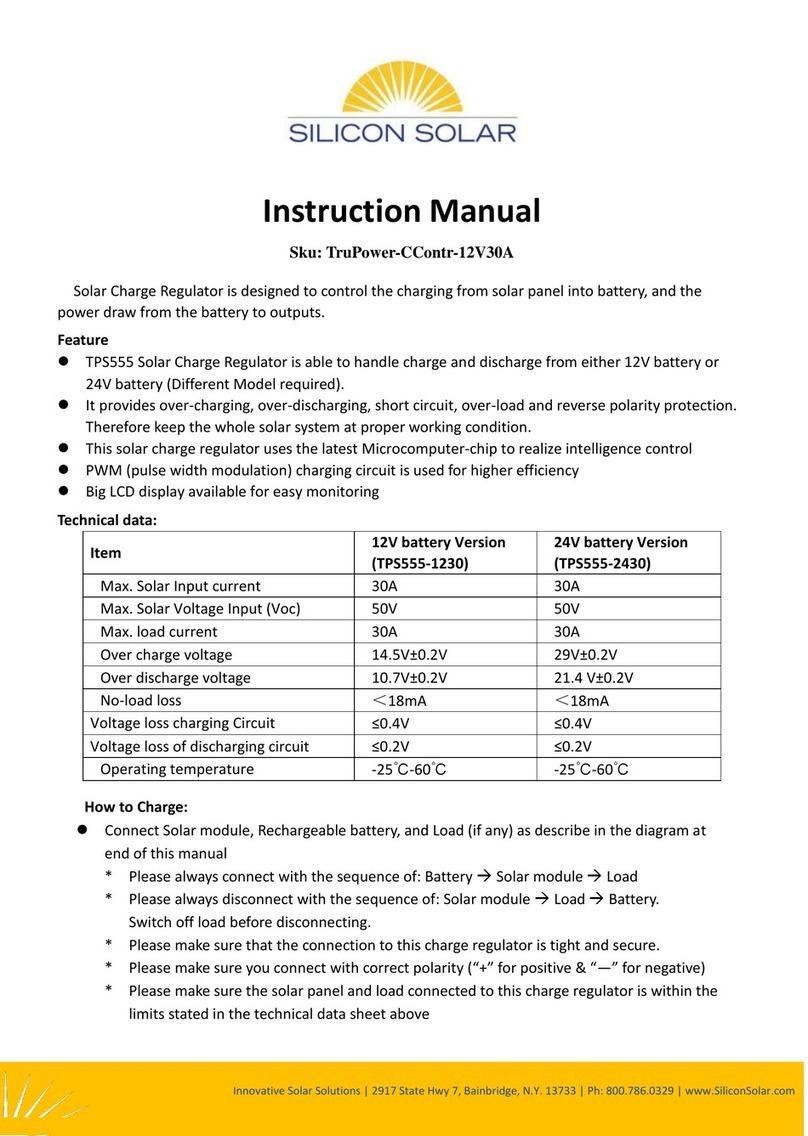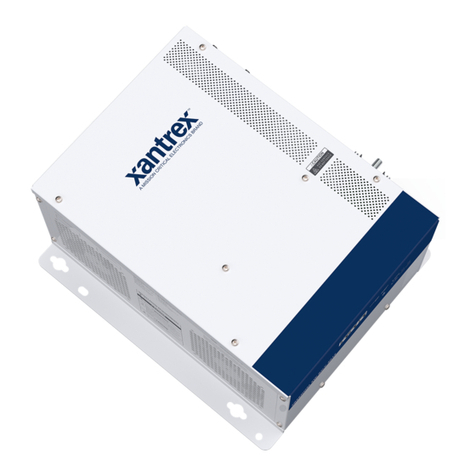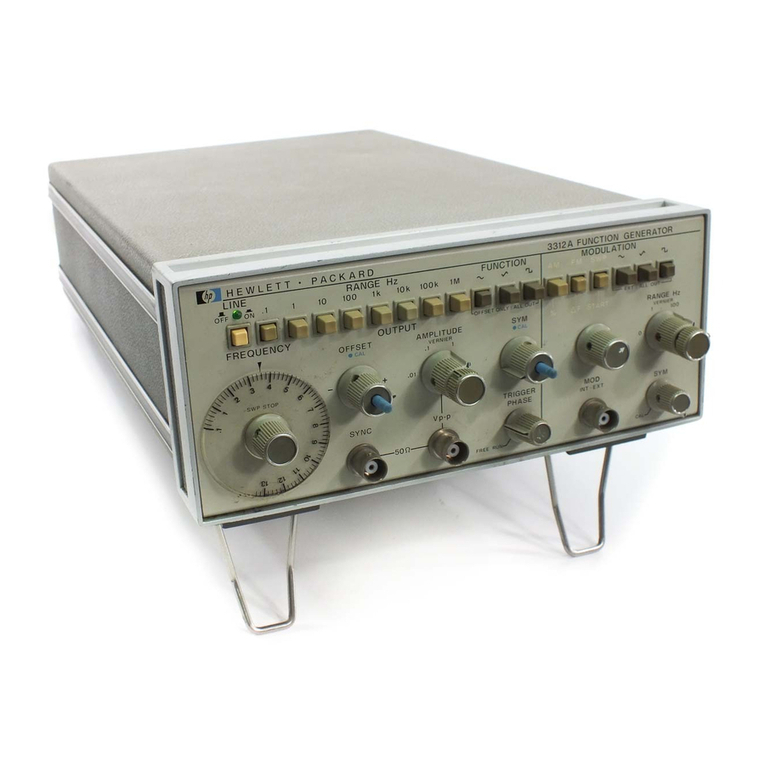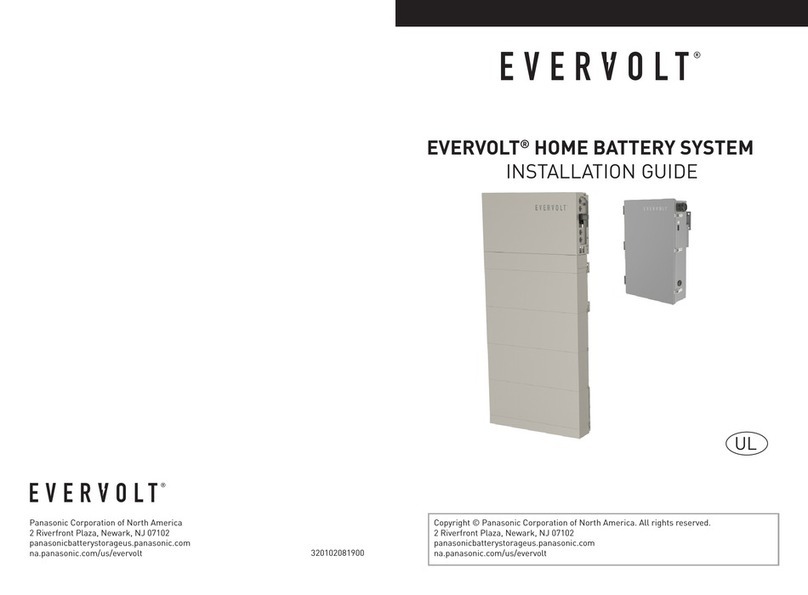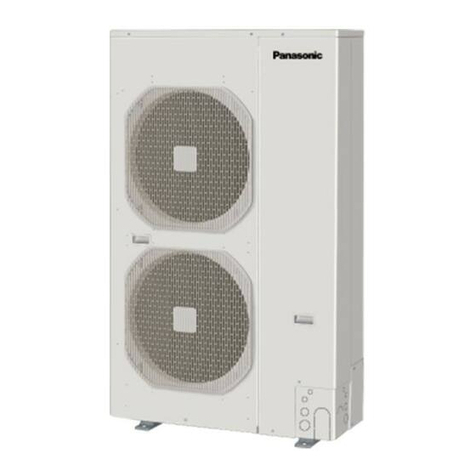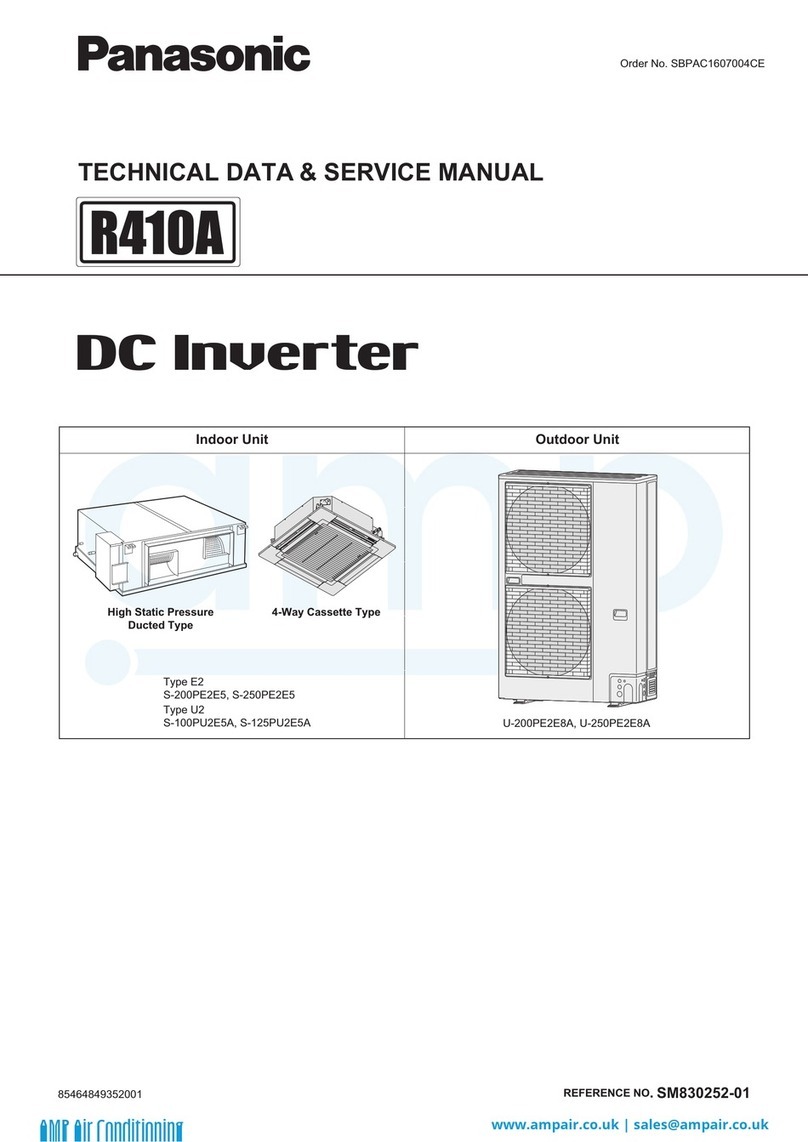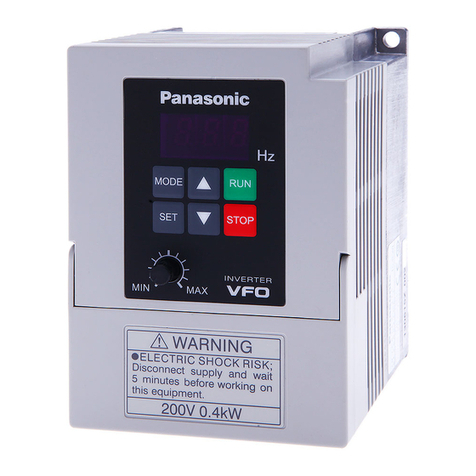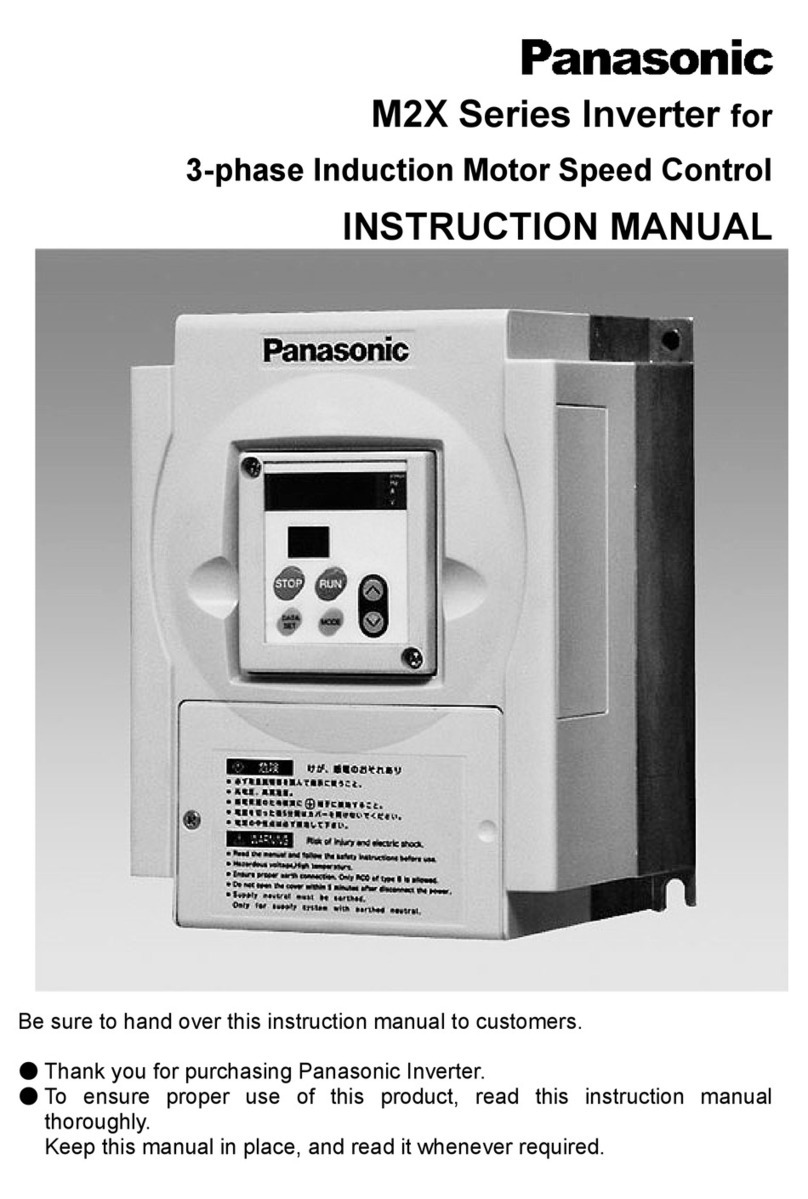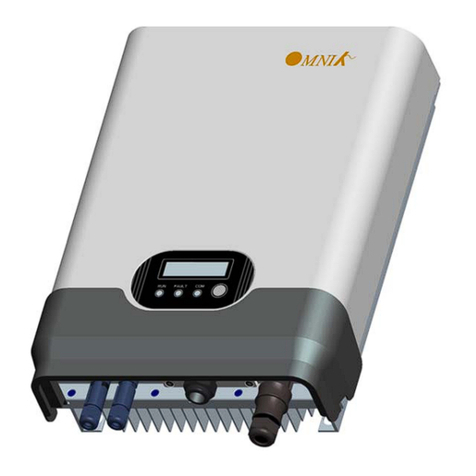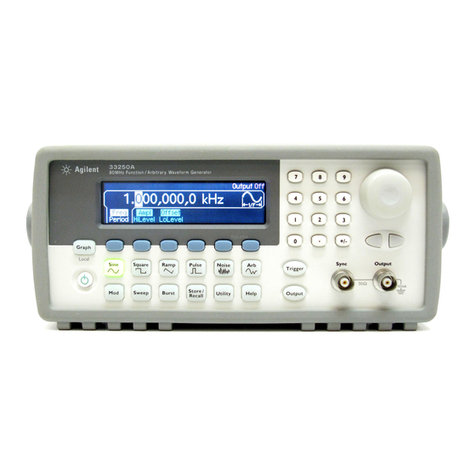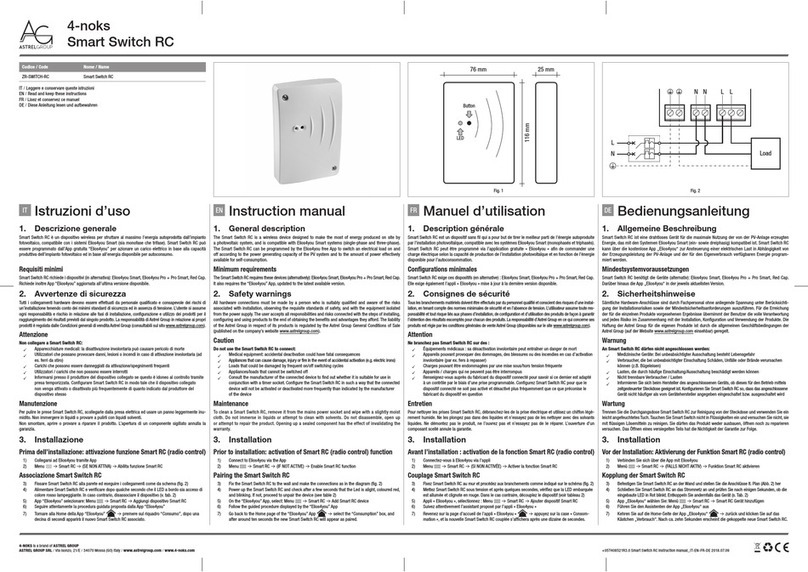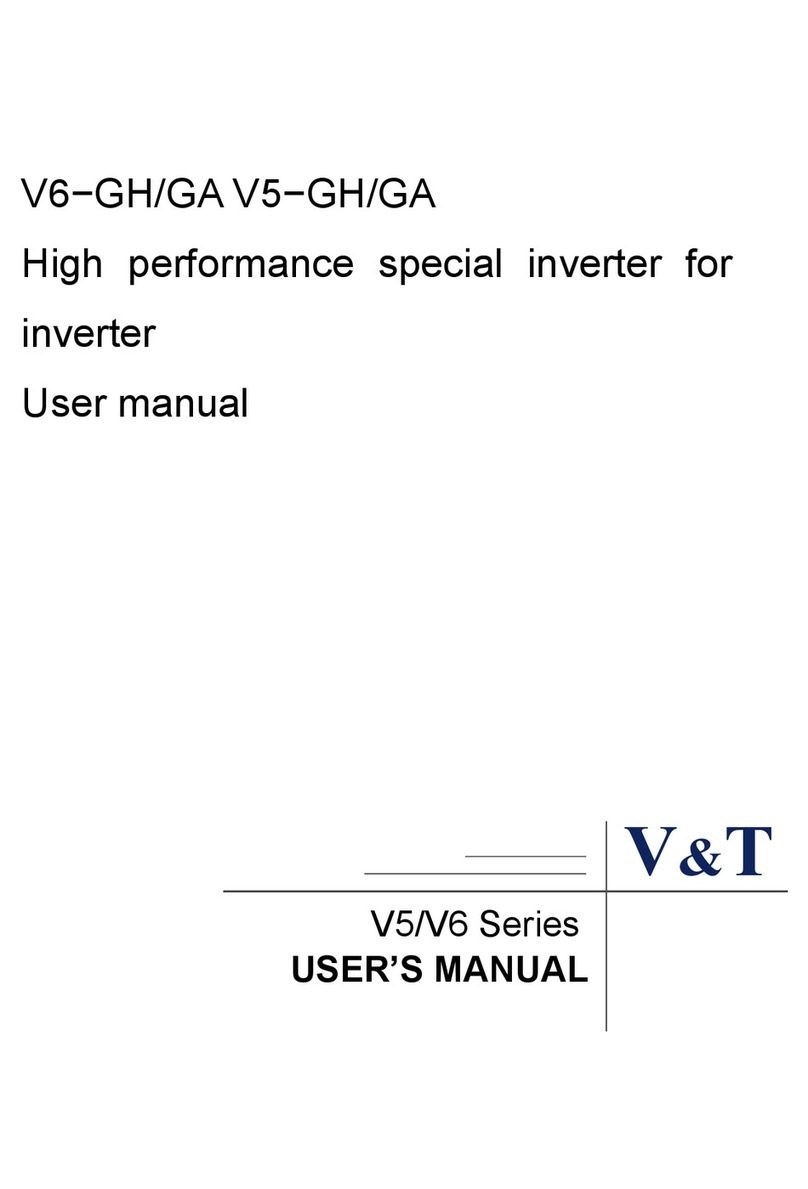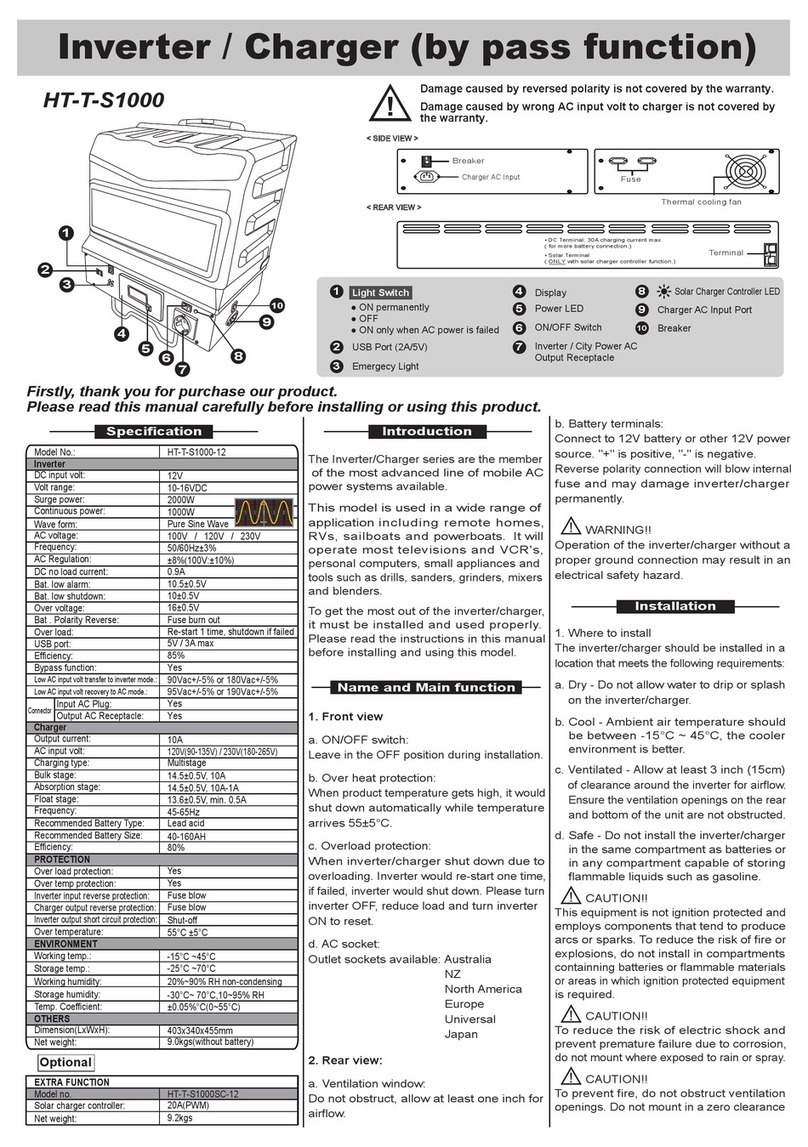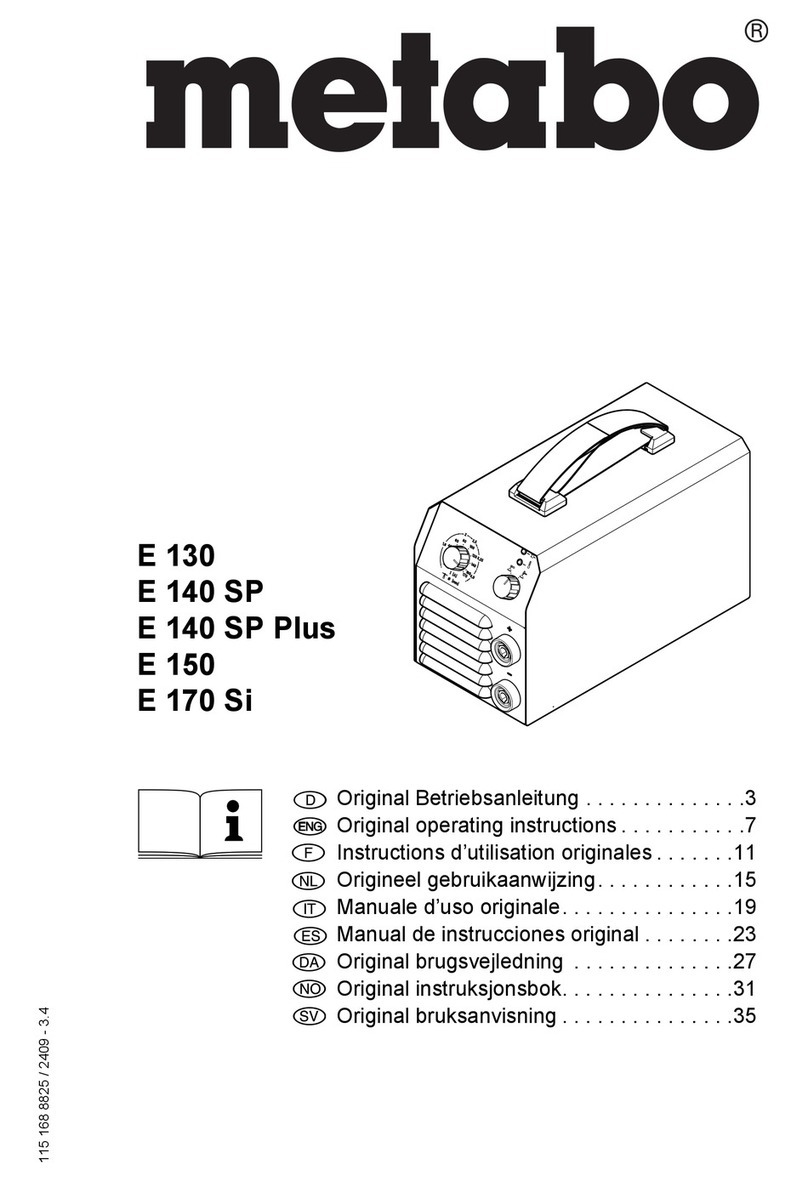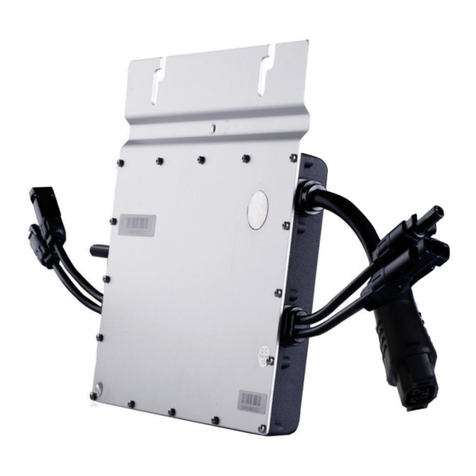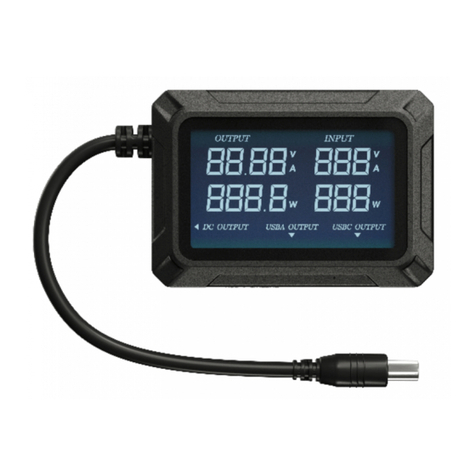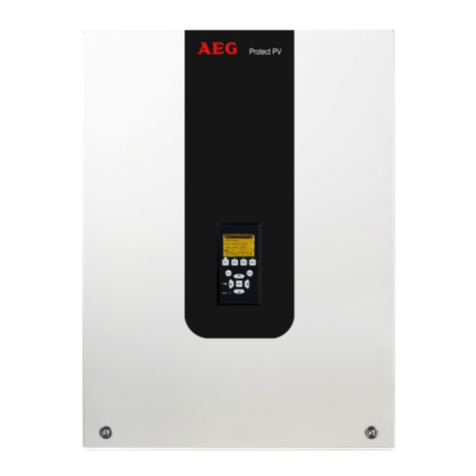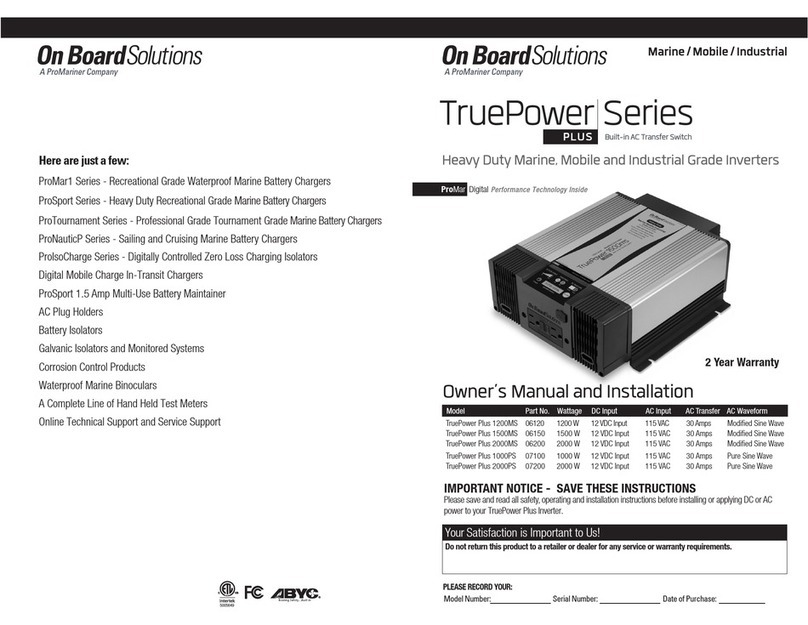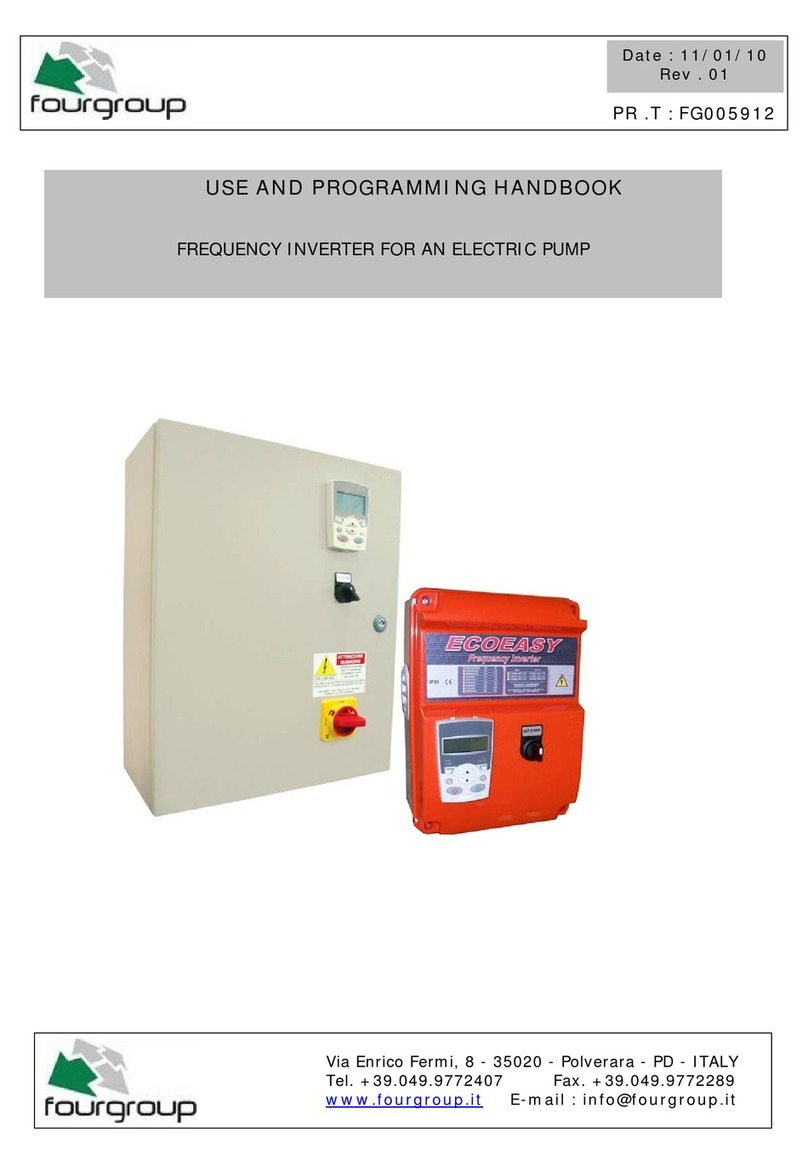Read this manual and related documents before attempting to install, operate,
service or inspect the inverter.
Make sure that you have an understanding of the device, the safety information
and all precautions before starting use. Precautions described in this manual are
divided into two grades: "Caution" and "Note".
: indicates dangerous situations that could lead to personal
injury or death by mishandling the equipment.
: indicates dangerous situations that could lead to moderate
or slight personal injury or property damage by mishandling
the equipment.
In addition, failure to follow the precautions described in
may
lead to serious situations in different conditions.
Please follow the information and instructions as laid out in this manual
carefully to avoid damage to equipment or risk to personal injury.
Thank you for purchasing the general-purpose VF100 series inverter produced
by Panasonic Electric Works Automation Controls (Shanghai) Co., Ltd.
Usage methods and precautions are described in this instruction manual.
Read this manual carefully before attempting to operate the inverter and
store it for future reference.
●This general-purpose inverter produced by our company is not designed or
manufactured to be used in equipment or system in situations that can affect
or endanger human life.
When considering this product for operation in special applications such as
machinery or systems used in movable body, medical, aerospace, nuclear energy
control, or submarine relay applications, please contract us.
●Although this product was manufactured under strict quality control conditions,
it is strongly advised to install safety devices to forestall serious accidents when
used in facilities where a breakdown of this product is likely to cause a serious
human injury or generate major losses.
●Do not use this product for loads other than a 3-phase induction motor.
ATTENTION
!
1
!
!Caution
Note
!
Note
Foreword
Safety Precautions

